There glacial mintscientific name Mentha rotundifoliais an aromatic herbaceous plant of the family Lamiaceaea close relative of the most famous peppermint and native to Europe and Asia. Among the various types of mint, the glacial one stands out for the fresh and pungent aroma of its beautiful rounded leaves. It is a rustic and easy to grow plant, both in the garden and in pots, and is used as an aromatic herb in the kitchen, but also in herbal medicine for its beneficial properties.
In this article we see everything you need to know to grow ice mint and discover its most common uses.
How is the Ice Mint Plant Made?
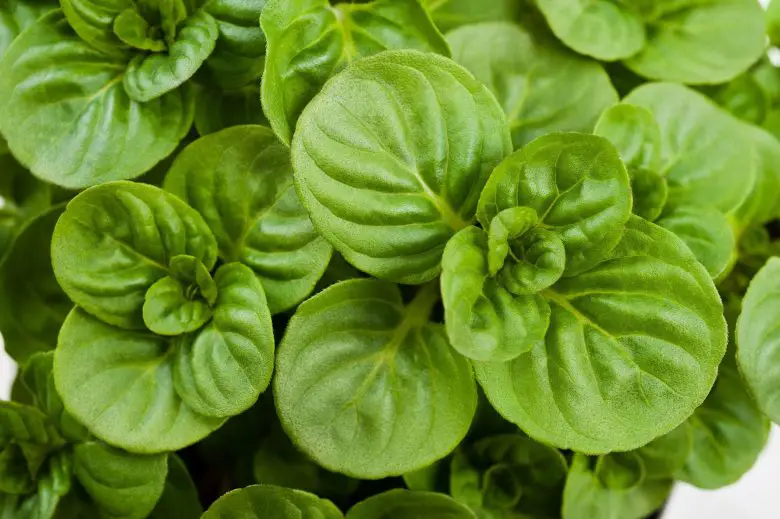
There Mentha rotundifolia it is a perennial herbaceous plant, i.e. one that lives for more than two years, and reaches an average height of about 30-60 cm, but also up to 90 cm in the right cultivation conditions.
The plant has a superficial and highly branched root, which spreads out in the ground to form a dense root system. The stems are erect and not very branched, like those typical of the common mint.
The characteristic feature of ice mint are the leaves, round or oval in shape, bright dark green on the upper side and lighter on the underside. They are arranged oppositely along the stem, and have a rather meaty texture. The flowers are tubular in shape, pink or purplish in color, and develop in spike inflorescences on the top of the stems. The plant has a strong and characteristic aroma, thanks to the presence of essential oil in the leaves and flowers. The essential oil contains mainly menthol, but also other aromatic compounds such as menthone, cineol and limonene.
Where to grow ice mint?
Ice mint is a very hardy and adaptable plant. It can be grown outdoors at all latitudes, as it is resistant to both heat and cold, even if obviously it goes into vegetative rest in winter. When it takes well, it even tends to become a weed, so in the garden it is necessary to dedicate adequate space to it, without risking it competing with other plants or flowers.
It is also an excellent plant for pot cultivation on the balconywhere its growth is more contained and therefore manageable.
It likes a sunny and bright exposure, but also adapts well to more shaded positions.
What is the ideal soil for growing ice mint?
Ice mint can be grown successfully in a variety of soil types, but it prefers fertile, moist, well-drained soil. A soil that is too dry or poor in nutrients can hinder the growth and production of aromatic leaves.
Also, ice mint grows best in soils with neutral or sub-alkaline pHincluded between 6 and 7.5.
For cultivation in pots it is recommended to prepare a substrate mix composed of potting soil for aromatic plantswith the addition of perlite or sand to improve drainage e home compost to ensure basic fertilization and nutrient supply.
In the open ground of the garden or vegetable garden, if the base soil is good, it will be enough to amend only mature organic matter.
How to sow the Mentha rotundifolia?
There Mentha rotundifolia can be multiplied easily by seed. You can start sow the seeds in a seedbed or in a pot indoors, in early spring or autumn, depending on the climate and growing area. Ice mint seeds should be placed on the surface of the soil and then covered with a thin layer of potting soil. You can sprinkle some water to keep the soil moist, but not too wet. The seed container should be kept in a warm, bright place until the seeds germinate. This can take from one to three weeks, depending on the season.
How do you plant ice mint?
Once the ice mint seedlings have reached a good size, about 10-15 cm in height, they can be transplanted into pots or in the ground, keeping a distance of about 20-30 cm between one plant and another. It is important to leave adequate space between one seedling and another, so that the root system can expand, giving vigor to the vegetation.
How does Icemint multiply with clump division?
The multiplication of Mentha rotundifolia through the division of the tufts is another effective and simple method to propagate the plant.
The operation is carried out in spring or autumn, on plants of at least 1 year of life which have reached a good size, with a thick crown of leaves and stems. To carry out the division, the plant should be removed from the ground, gently, trying to preserve most of the roots. This operation is obviously easier with potted plants. At this point, the ice mint tufts, i.e. the groups of stems and roots that grow together, can be separated using a sharp knife or your hands. It is advisable to divide the tufts into similarly sized parts, each of which should have some roots and some stems. The parts thus separated can be transplanted into fresh, moist soil with good exposure to sunlight. After transplanting, new plants should be watered regularly, but not excessively, to encourage roots to take root.
How much water to give ice mint?
The amount of water a glacier mint plant needs depends on several factors, such as ambient temperature, relative humidity, and soil conditions. In general, ice mint requires moist, but not too wet, soil to grow well. It is important to check if the soil is moist to the touch by checking with your finger.
If the soil is still moist, there is no need to water. If, on the other hand, the soil is dry to the touch, you can proceed with irrigation, but without exaggerating. In summer it is recommended to water the ice mint once a day, preferably in the evening, when the sun is less hot and the water has time to be absorbed by the roots during the night. In case of very hot and dry climates, or if the ice mint is located in a particularly sunny place (especially in pot cultivation), it may be necessary to water more than once a day.
How to prune ice mint?
Mature icemint plants can benefit from pruning, which helps keep the plant healthy and vigorous, prevent disease, and promote new shoot growth. Pruning can be done at any time of the year, but is best done in the spring or fall when the plant is least active. You can prune ice mint with a few sharp scissors or with your fingers, cutting the stems above a healthy node and trying to keep a rounded and compact shape. It is advisable to remove dry, diseased or damaged branches regularly, in order to prevent the spread of diseases or pests and to encourage the growth of new shoots. If your ice mint plant grows too tall and flowers, you can cut back the taller stems to promote the new leaves.
However, it is important not to overdo the pruning, as too severe cuts can weaken the plant and compromise its health.
What are the parasites that can attack the Mentha rotundifolia?
Glacial mint is generally a rustic plant and very resistant to parasites. Among the most fearsome ones for cultivation we point out the aromatic plant leafhoppers which feed on the sap of the leaves causing the presence of spots and yellowing. To avoid leafhopper infestations we recommend use the garlic macerate or that of pepper as prevention and natural repellents. When the infestation is already extensive, it is possible to intervene more incisively by treating with specific organic products such asneem oil or the tea tree oil.
How are ice mint leaves used in the kitchen?
Glacial mint leaves are very aromatic and can be used in the kitchen to give a touch of freshness and flavor to dishes.
Here are some ways to use ice mint leaves in cooking:
- add the fresh leaves to fruit or vegetable salads to give a touch of freshness and fragrance;
- use ice mint leaves to prepare drinks such as mojito, caipiroska, tea or Mint liquor;
- use the fresh or dried leaves as a condiment for meat or fish dishes to give a fresh and aromatic flavor;
- use the fresh leaves to flavor desserts such as ice cream, cakes or biscuits;
- you can prepare glacial mint pesto, using, in addition to fresh leaves, garlic, pine nuts, Parmesan cheese and extra virgin olive oil;
- ùuse the ice mint leaves to prepare sauces or dressings for salads or vegetable dishes.
In herbal medicine what are the properties and uses of Mentha rotundifolia?
There Mentha rotundifolia it is also used in herbal medicine for its medicinal properties. Here are some of its main uses:
- digestion: ice mint is known for its carminative properties, i.e. it can help reduce gas formation in the intestine, stimulate digestion and relieve the symptoms of nausea and vomiting;
- respiratory problems: this type of mint is excellent for relieving the symptoms of respiratory problems such as colds, sinusitis and asthma, thanks to its expectorant and anti-inflammatory properties;
- headaches: ice mint can help relieve headaches and muscle tension thanks to its analgesic properties;
- oral hygiene: the Mentha rotundifolia it is also used for its antiseptic and antibacterial action, useful for fighting bad breath and preventing mouth infections;
Ice mint can be used in various ways in herbal medicine, such as in the form of an infusion, tincture, dry extract or essential oil. However, it is important to remember that before using ice mint for therapeutic purposes it is always advisable to consult a doctor or herbalist.

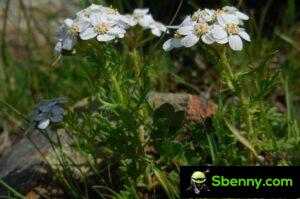
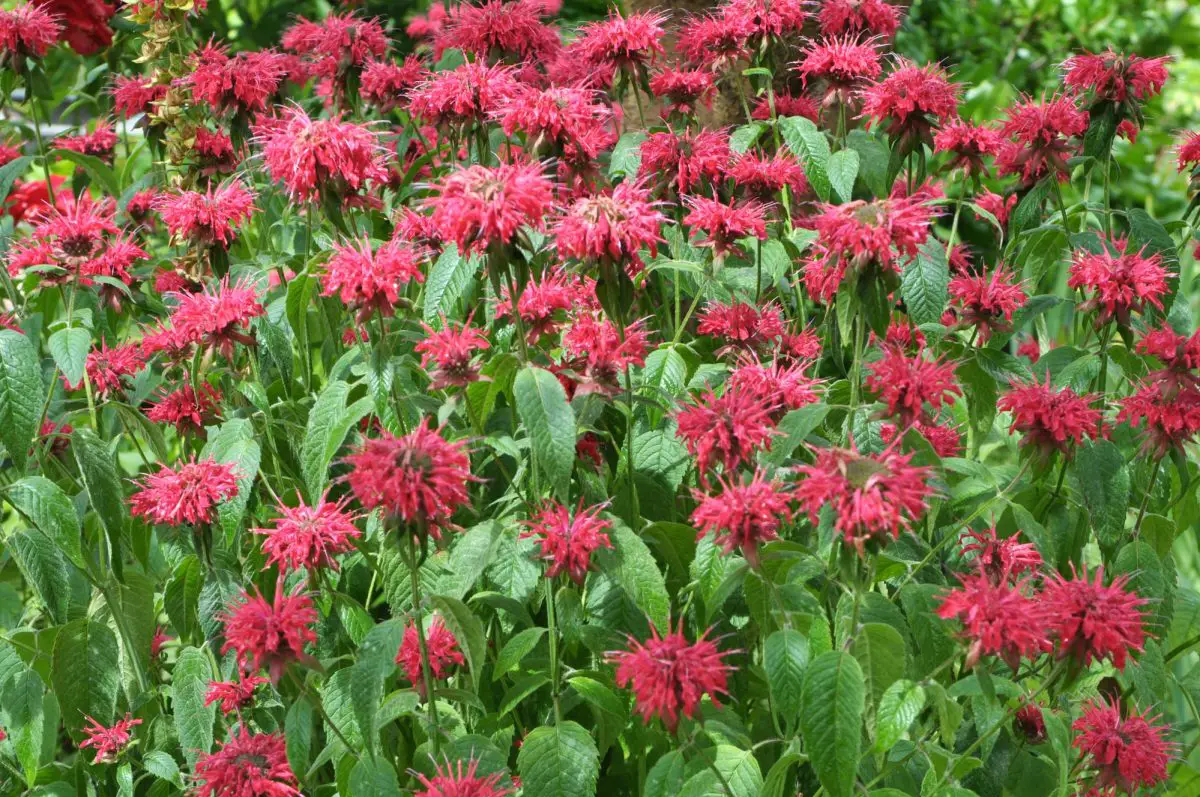
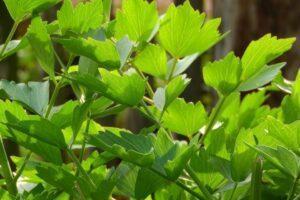

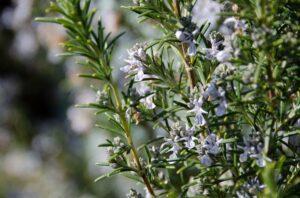
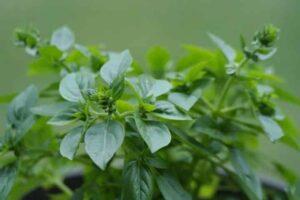
Start a new Thread